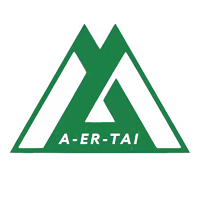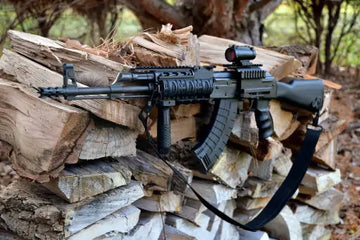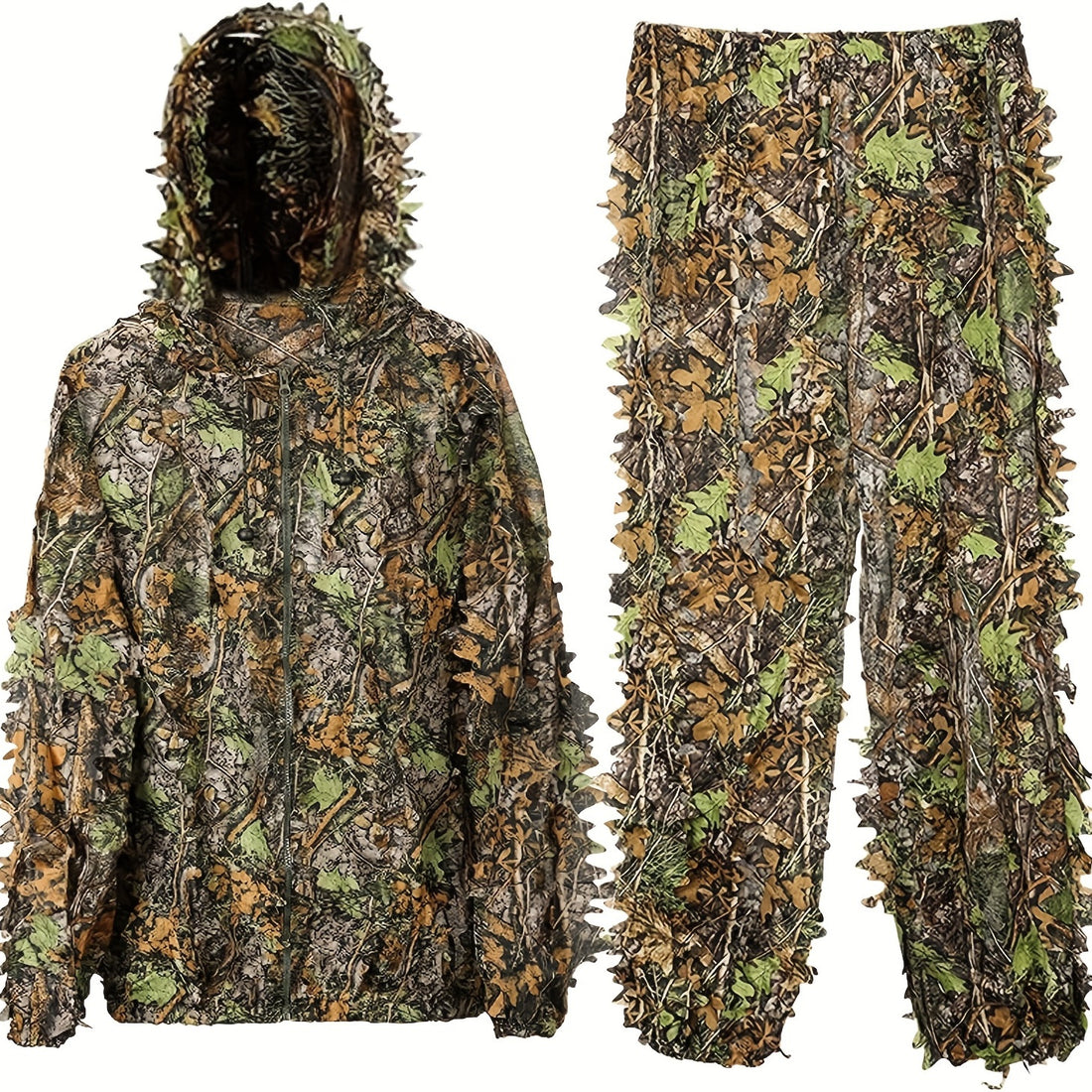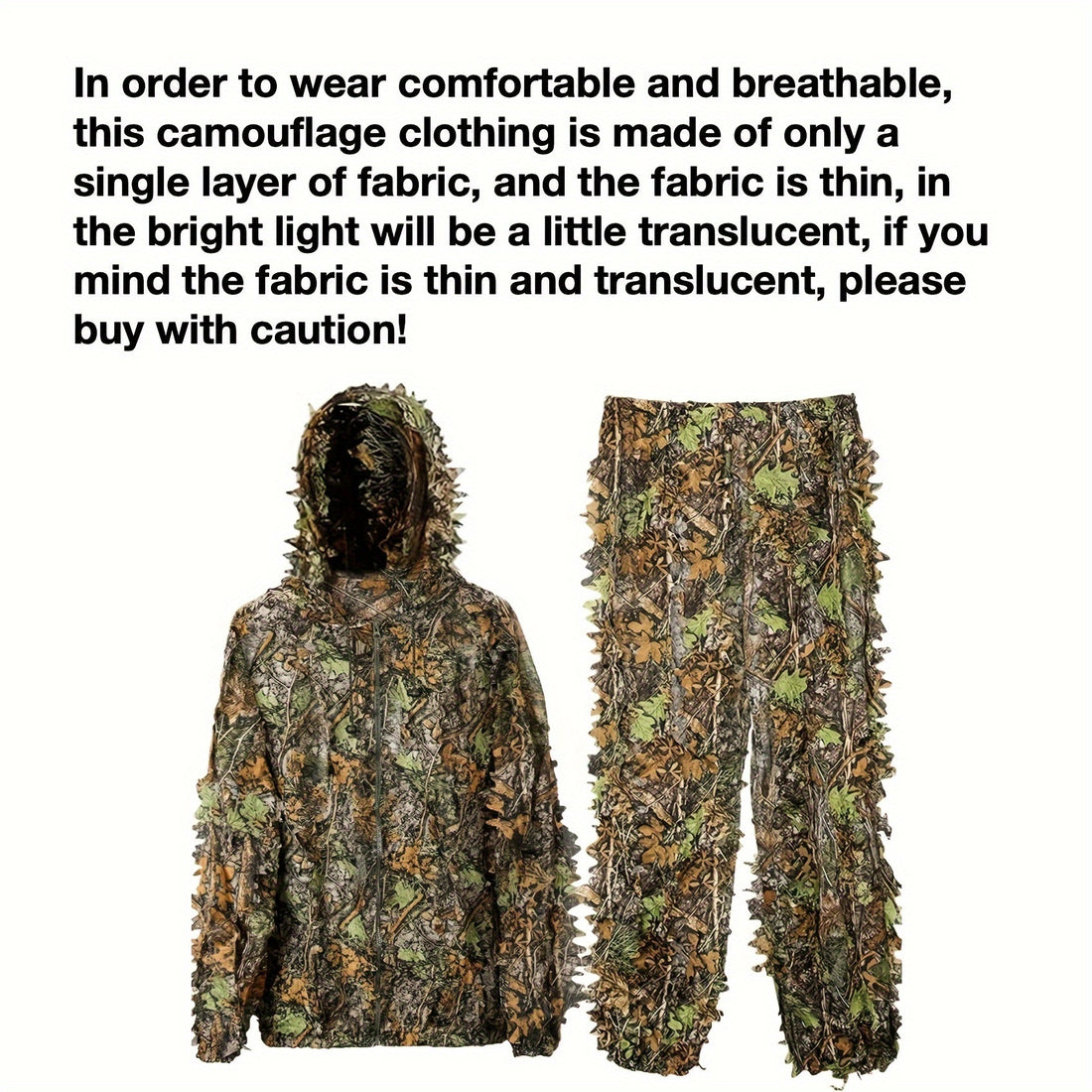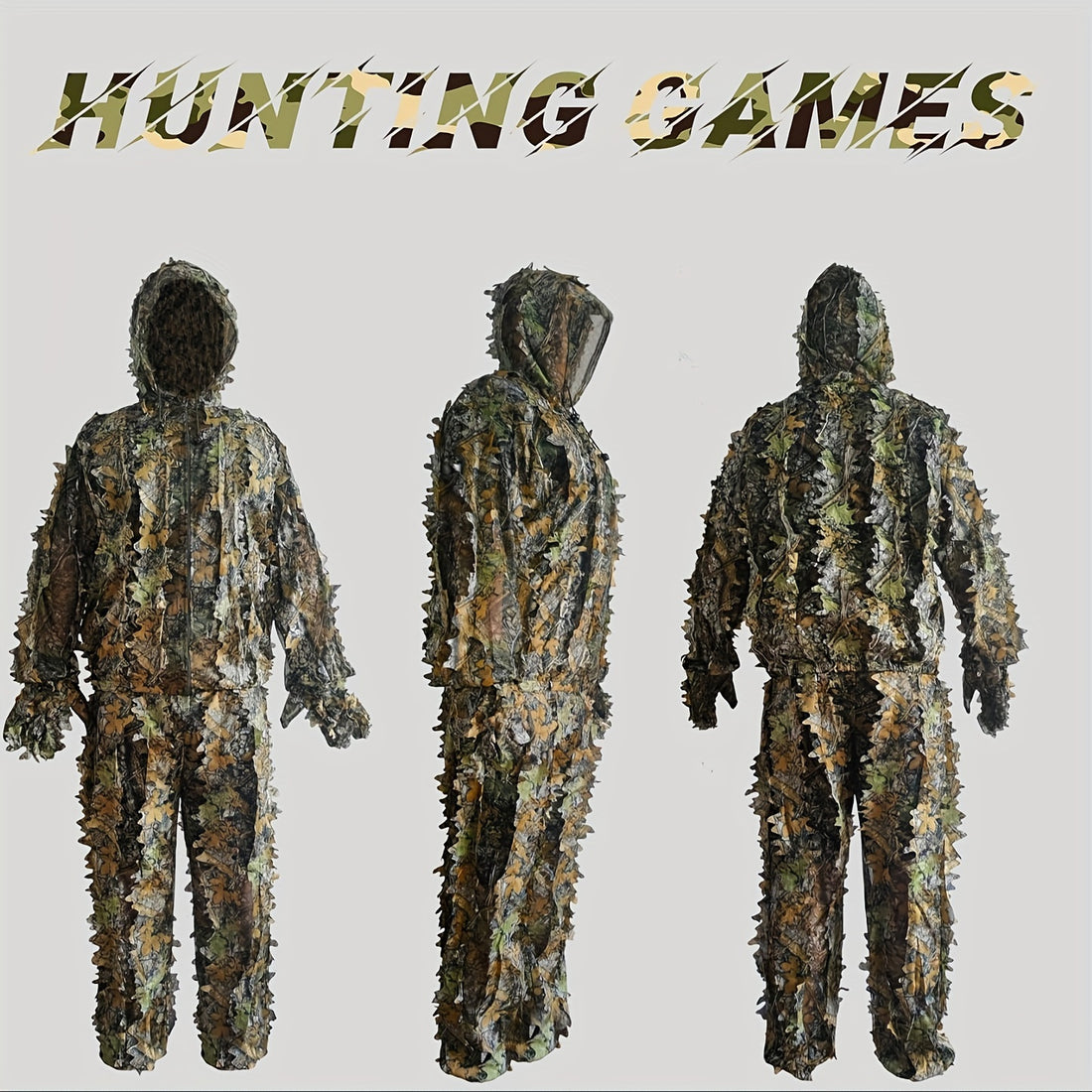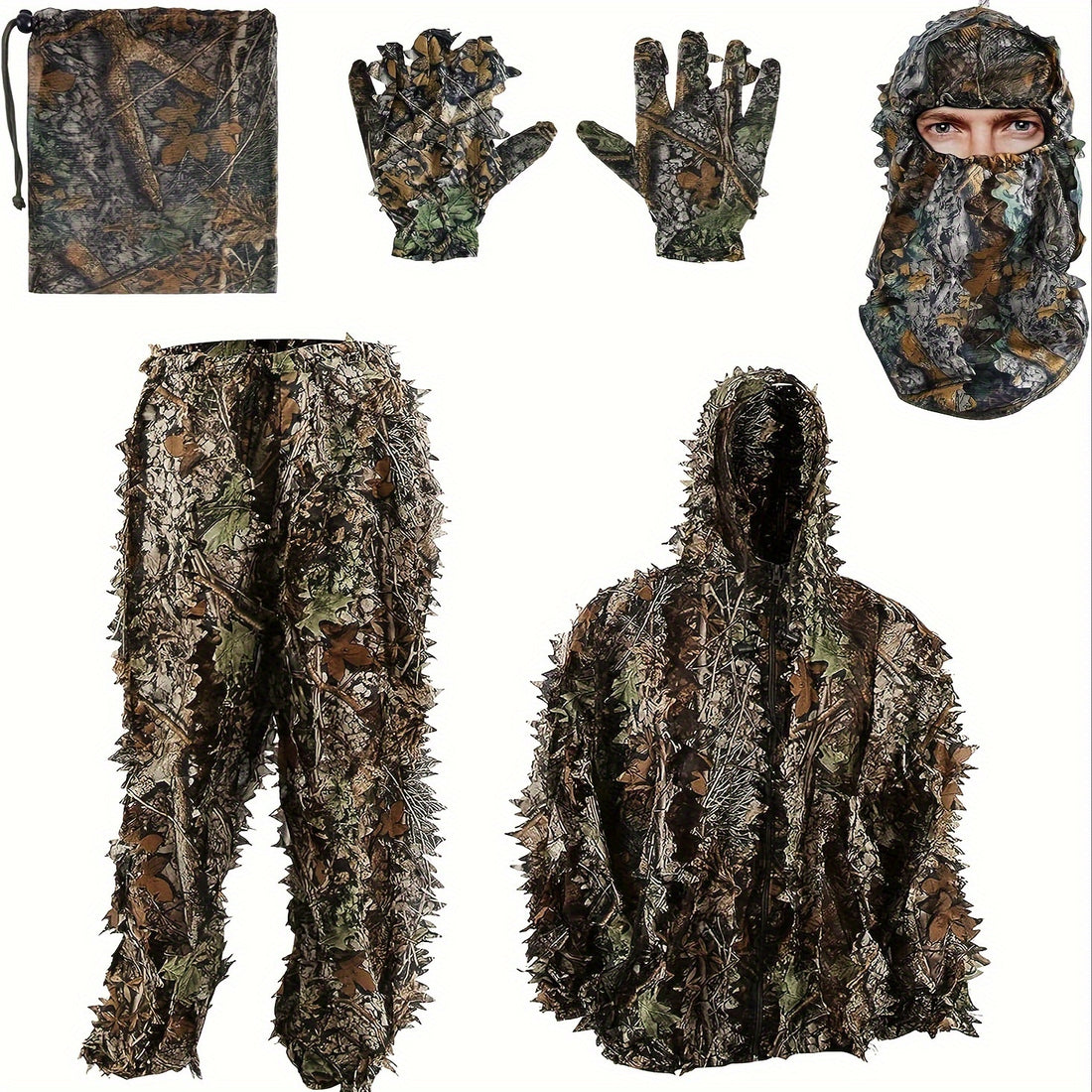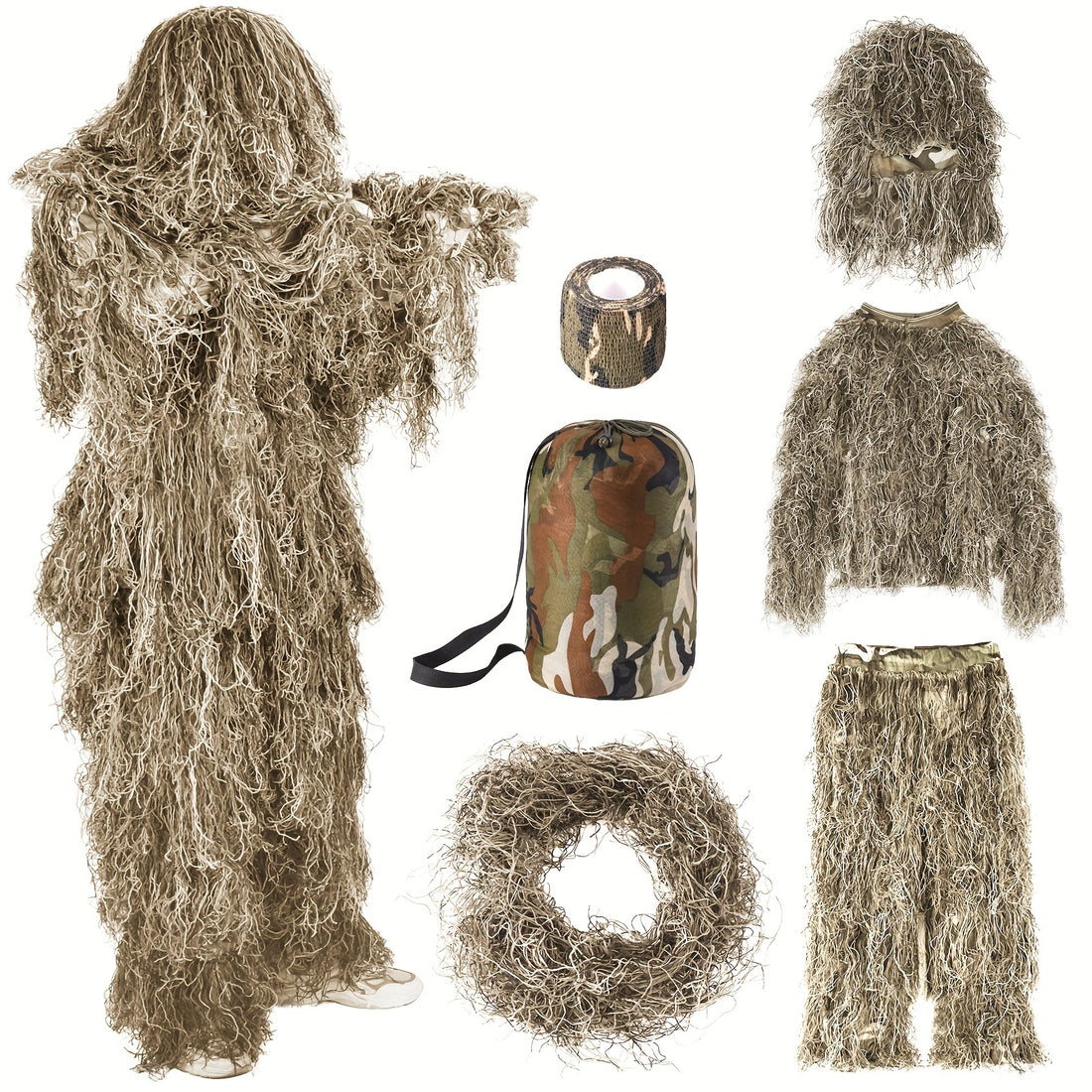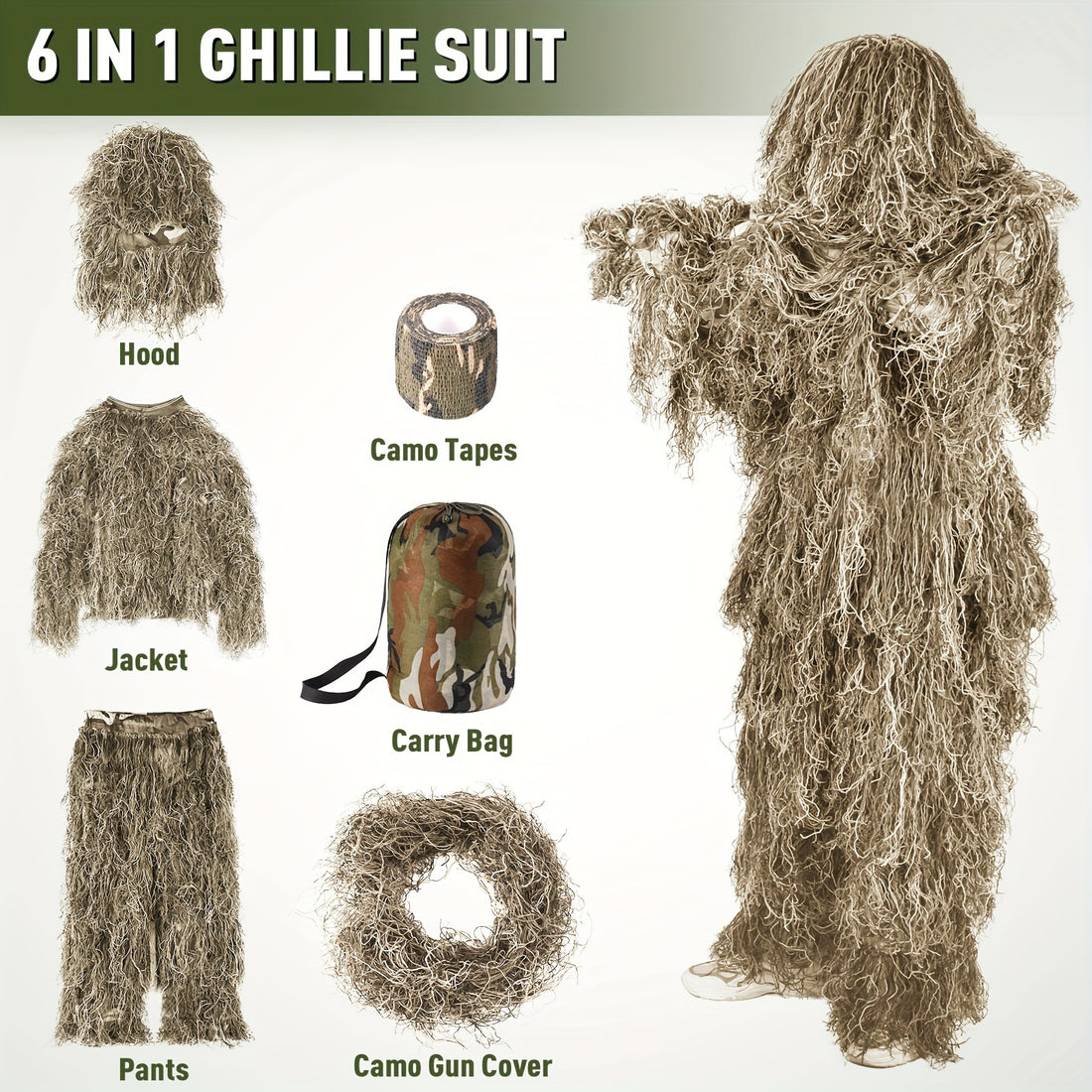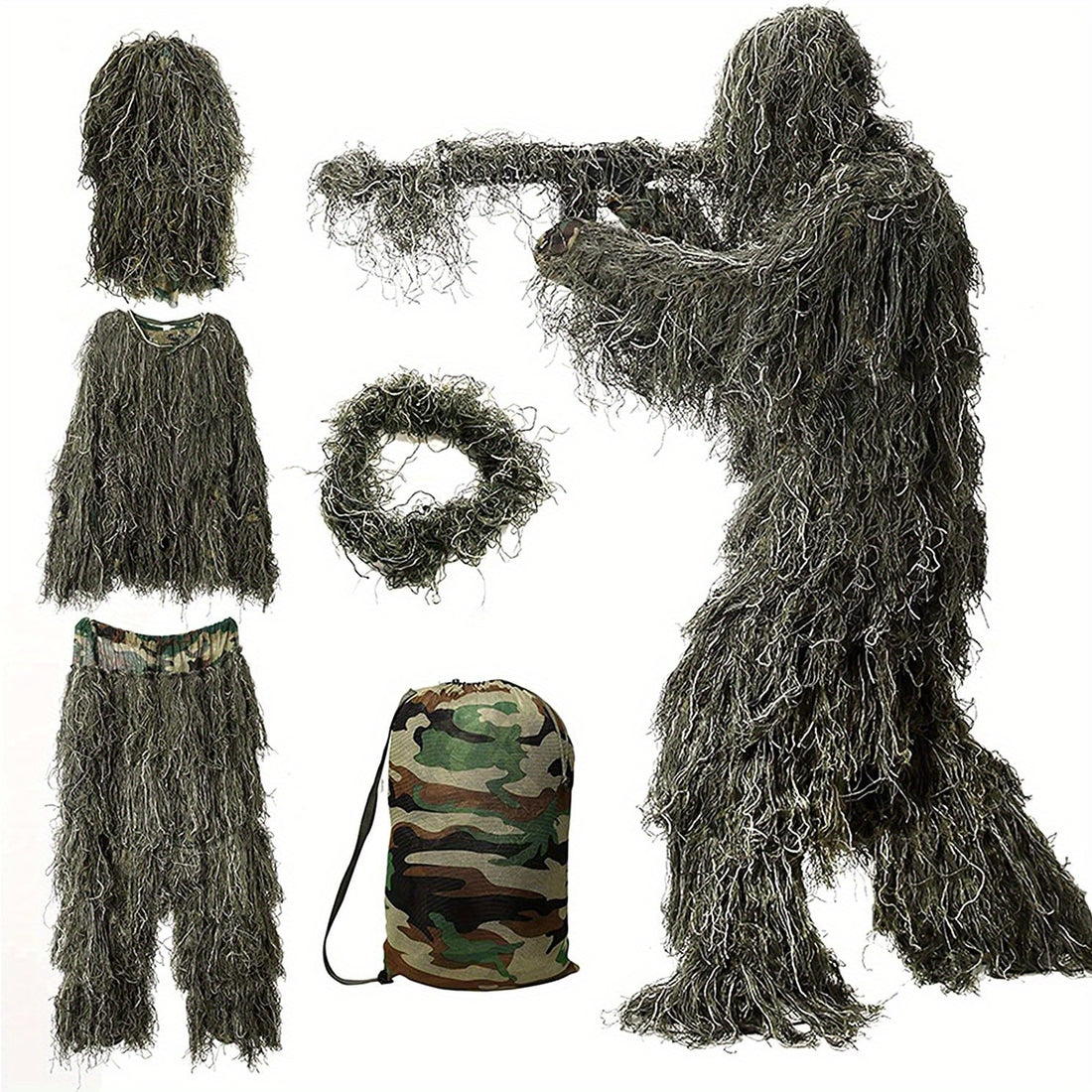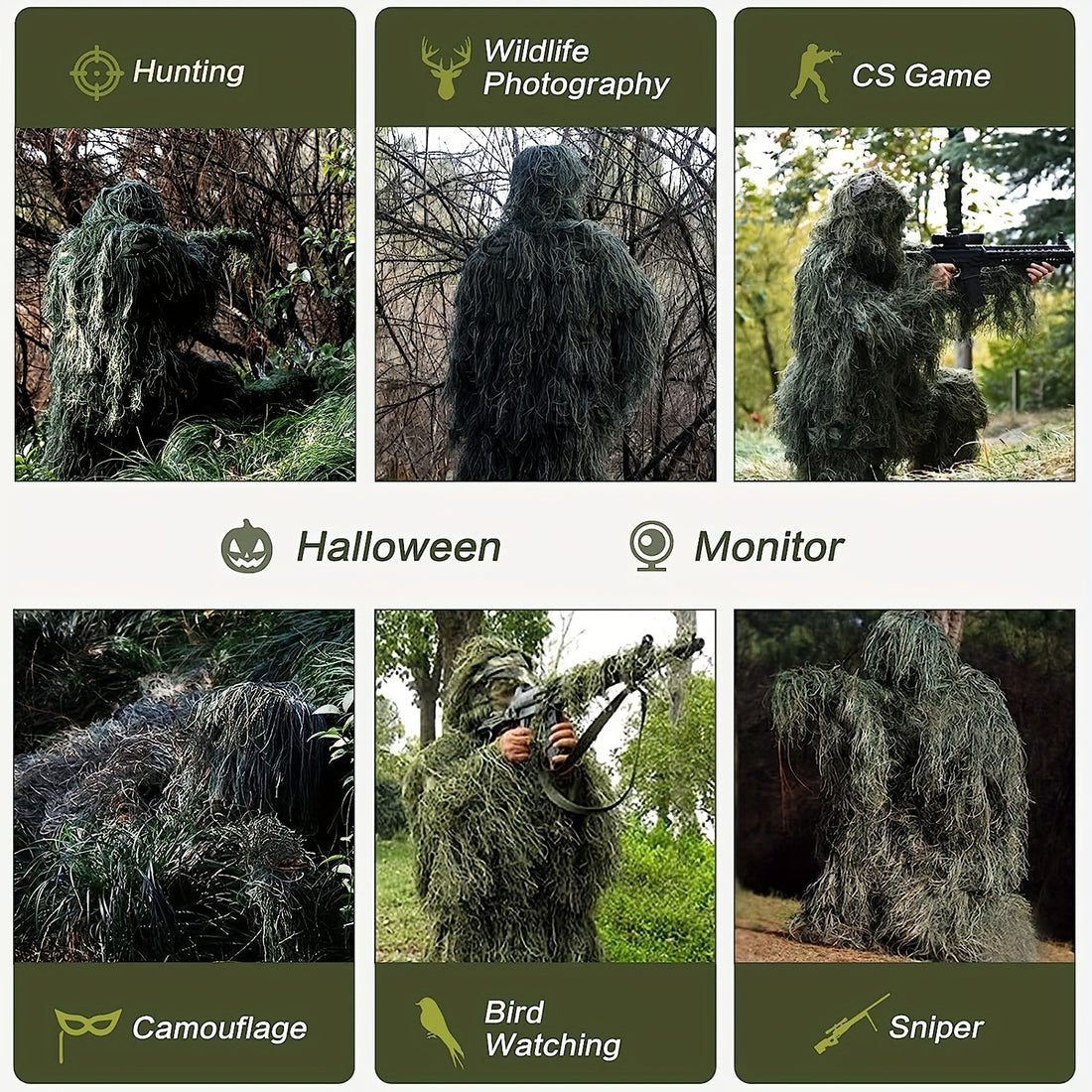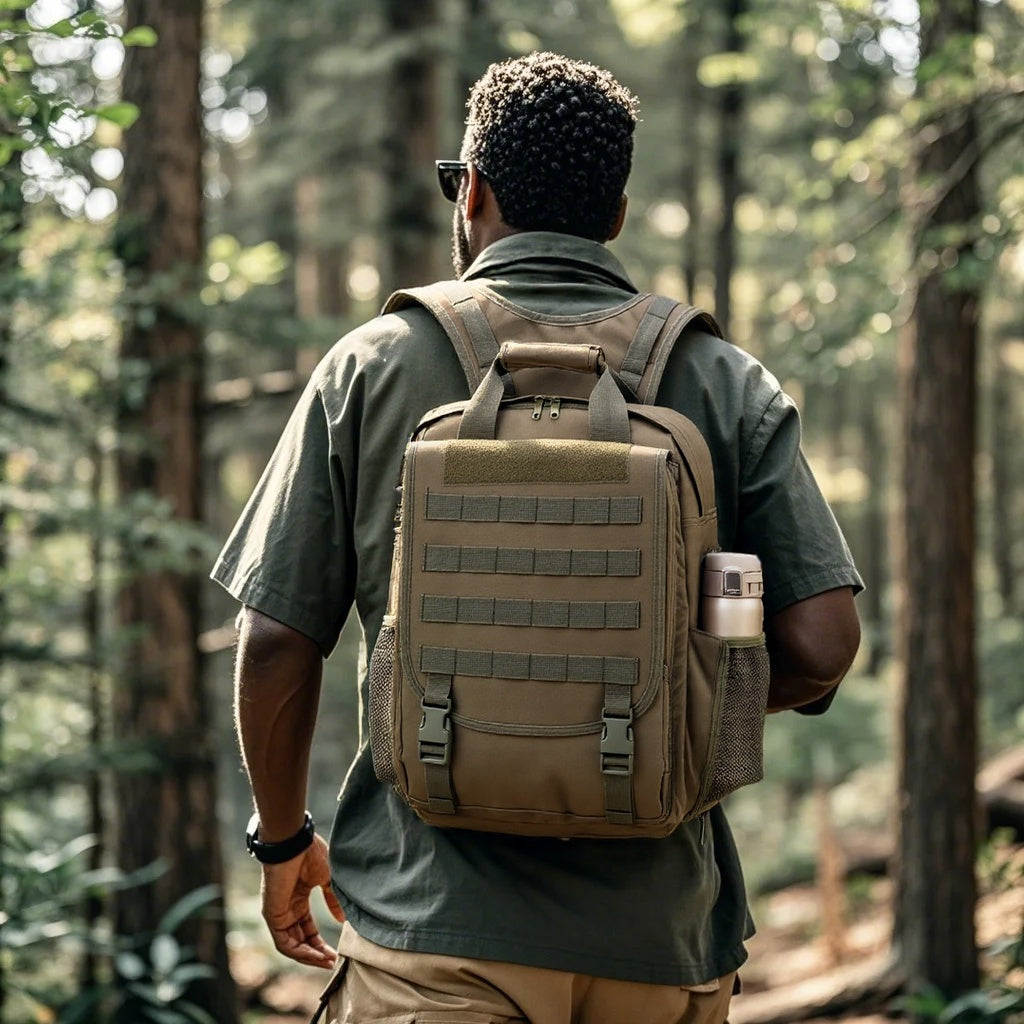Tactical headwear plays a role in providing both protection and style.
Boonie hats and bucket hats are two popular choices that, while similar in appearance, cater to distinct needs in military, tactical, and outdoor settings.
This article compares their features, includes a clear comparison table, explores additional considerations, and answers common questions to help you choose the right headwear.
1. Understanding Boonie Hats
Boonie hats, often known simply as "boonies," were developed during the Vietnam War for military use and remain a go-to for tactical gear.
They are designed for durability, sun protection, and versatility in demanding environments.
Key Features of Boonie Hats:
- Wide Brim: The wide brim provides extensive sun protection for the face, neck, and ears, ideal for prolonged outdoor exposure.
- Ventilation: Many boonie hats come with side vents, allowing for better airflow and keeping the head cool.
- Chin Strap: A chin strap helps secure the hat in windy conditions or during intense activities.
- Camouflage Patterns: Available in various camouflage patterns (e.g., MultiCam, Woodland) for blending into diverse environments.
- MOLLE Compatibility: Some tactical boonie hats have MOLLE webbing, allowing you to attach additional gear or accessories.
Boonie hats excel in military operations, hiking, and other activities requiring extended sun exposure and durability. For more on their history, visit Military.com.

Camouflage Boonie Hat
2. Exploring Bucket Hats
Bucket hats, also known as "fisherman hats," have a more casual origin but have gained traction in tactical and outdoor settings due to their simplicity and portability.
Key Features of Bucket Hats:
- Narrow Brim: The brim of a bucket hat is usually narrower compared to a boonie hat, providing moderate sun protection.
- Lightweight: Made from materials like cotton or nylon, ensuring easy packing and comfort.
- Casual Style: The design is more casual, making it suitable for both everyday wear and light outdoor activities.
- Variety of Colors: Includes solid colors and patterns for aesthetic flexibility.
- Easy Storage: The flexible brim allows bucket hats to be easily folded and stored in a bag or pocket.
Bucket hats are ideal for casual outings, fishing, or light tactical tasks where portability and comfort are priorities. Learn more about their evolution at FashionBeans.
Bucket Hat
3. Boonie Hats vs. Bucket Hats: Comparison Table
| Feature |
Boonie Hat |
Bucket Hat |
| Brim Size | Wide, more sun protection | Narrow, moderate sun protection |
| Camouflage Options | Multiple camouflage patterns for concealment | Mostly solid colors or limited patterns, limited concealment |
| Durability | Rugged materials for harsh conditions | Lightweight, less durable |
| Ventilation | Side vents for better airflow | Limited ventilation, may retain heat |
| Attachment Points | Often includes MOLLE webbing | Rarely includes attachment points, focusing more on simplicity and ease of use |
| Best Use | Military, hiking, long missions | Casual outings, fishing, light tasks |

4. Additional Considerations
Beyond the core features, consider these factors:
- Water Resistance: Some boonie hats use water-resistant fabrics (e.g., ripstop nylon) for wet environments, while bucket hats may absorb water unless treated. Check product specs for coatings like DWR (Durable Water Repellent).
- Weight: Boonie hats (4-6 oz) are slightly heavier due to robust materials; bucket hats (2-4 oz) are lighter, enhancing portability.
- Seasonal Use: Boonie hats are better for hot, sunny climates due to ventilation; bucket hats work well in mild conditions but may lack warmth for cold weather unless lined.
- Cost: Boonie hats range from $15-$50, with tactical models costing more due to MOLLE or camouflage. Bucket hats cost $10-$30, with premium brands at the higher end.
5. How to Choose
Select a boonie hat for:
- Military or tactical missions needing concealment and durability.
- Long hiking or camping trips in intense sunlight.
- Scenarios requiring gear attachment via MOLLE.
Choose a bucket hat for:
- Casual outings, fishing, or short hikes prioritizing portability.
- Everyday wear with a focus on comfort and style.
- Situations needing compact storage.
FAQs
Q: Why is it called a boonie hat?
A: The term "boonie hat" originates from the slang word "boonies," short for "boondocks," which refers to remote, rural, or rugged areas. The word "boondocks" itself derives from the Tagalog (Filipino language) word "bundok," meaning "mountain" or "backcountry." This term was adopted by U.S. soldiers during the Philippine-American War (early 20th century) and later popularized during the Vietnam War.
The boonie hat, designed for military use in jungle and tropical environments, was named for its intended use in the "boonies"—dense, remote terrain where soldiers needed durable, practical gear. Over time, the name stuck as a colloquial term for this type of hat, even in civilian contexts.
Q: Can bucket hats be used in tactical settings?
A: Yes, for light tactical tasks like reconnaissance in urban or low-threat areas, but they lack the camouflage and durability of boonie hats for intense operations.
Q: Are boonie hats suitable for non-military use?
A: Absolutely. Their sun protection and ventilation make them great for hiking, camping, or gardening. Brands like Columbia offer civilian-friendly designs.
Q: How do I maintain my headwear?
A: For boonie hats, hand-wash with mild detergent to preserve camouflage and water resistance. Bucket hats are often machine-washable; check the label. Air-dry both to maintain shape.
Conclusion
So, both boonie hats and bucket hats have their place in tactical and outdoor contexts.
Boonie hats are ideal for military, long missions, and rugged conditions, while bucket hats shine in casual, light activities. Consider your environment, activity, and needs, like concealment or portability.
For custom tactical headwear, contact LQARMY, a supplier with over 15 years of expertise.
